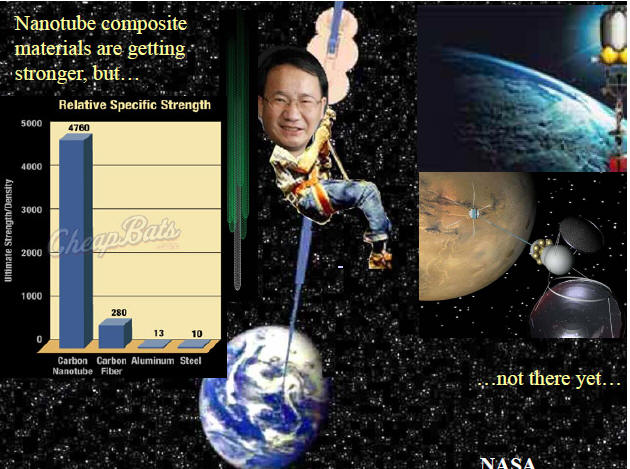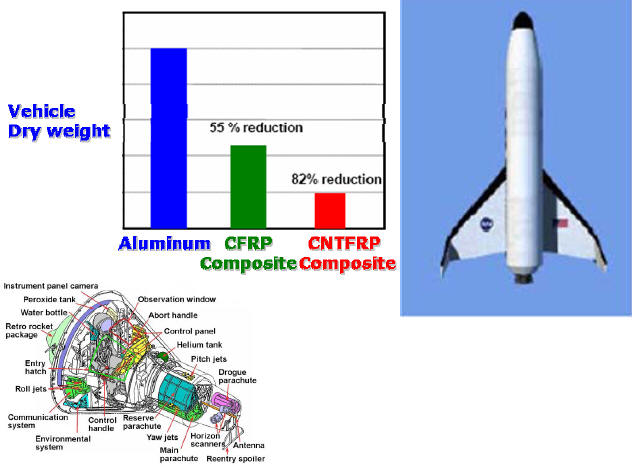Area of Interests
-Carbon
nanotubes,
graphene,
porous carbon,
exfoliated graphite,
-Nanostructured
advanced materials including nanopolymers,
-Multifunctional
and functionally graded composites,
-Nanocomposites
including multiscale composites,
-Carbon-carbon/silicon
composites,
-Finite
element analysis
of polymeric products,
-Roadwheel
of Military Battle Tank Arjuna
-Applications
of materials in Fuel
cell, Lithium
battery, Thermoelectric,
Water
purification, Supercapacitor,
High
performance structural composites,
Catalysis,
and Biomedical
Implants
________________________________________________________________________________________________________________________________________________________________________________________________________________________________________________________________________________________________________________________________________
Composite is a mixture of two material. Can you
make a composite to fulfill our dream which is shown in this figure.
Let us try....
'From cars to medicine, nano tubes
may be miracle material'.
'They (Young's modulus ~1.5 TPa, Tensile strength ~100 GPa) are
stronger than steel and as flexible as plastic, conduct energy better than
almost any material ever discovered and can be made from unexotic raw
materials such as methane gas', Michael Kanellos,
Special to ZDNet India, October 21, 2003.
The potentially
outstanding properties of carbon nanotubes (Young's modulus ~1.5 TPa (2.8
to 3.6 TPa), Tensile strength ~100 GPa) will be of little value unless
they can be incorporated into a matrix. Composite materials containing
carbon fibers/glass fibers are, of course, already quite widely used in
application ranging from aerospace to sports equipments. In such materials
the matrix can be plastic, epoxy, metal or carbon. The incorporation of
carbon/glass fiber into the matrix not only confers strength and elasticity
to the material but also greatly enhances toughness that is its ability to
resist cracking.


The usual method of incorporating
small, discontinuous fibers into the matrix is firstly to shape the fibers
into a preform and then to add the liquid matrix material under pressure.
Adding the fibers to the liquid is not usually an option, since even quite
small concentrations of fibers can have a thickening effect, which makes
mixing all but impossible. However, it should be noted that adding a matrix
material to an array of nanoscale fiber may not be without difficulties. As
a result of surface tension, the amount of pressure needed to produce
infiltration into a fiber array increases as the spacing between the fibers
decreases. Since carbon nanotubes are far smaller than normal reinforcing
fiber, the spacing between the coils will be far less than that for normal
fibers for a given volume fraction. Thus the pressure required for
infiltration may be very high. The experimental work, which has been
carried out till date on the preparation of carbon nanotube composites
indicated that achieving sufficient infiltration, is a serious problem.
Few other serious problems are (1) bond between the tubes and the
matrix, (2) The optimum aspect ratio of the fiber and (3)
dispersion of nano tube in to the matrix.



